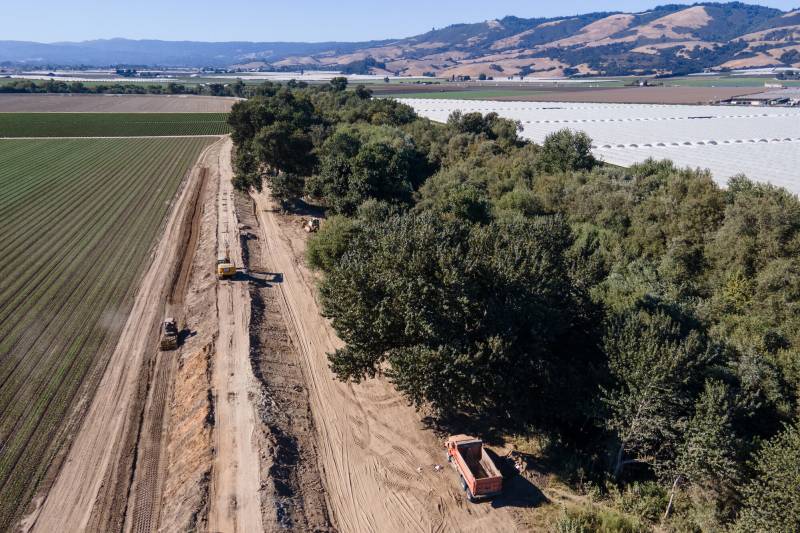Here are the morning’s top stories on Thursday, February 6, 2025…
- How much water is too much for California’s levees? That’s the question many water experts have been asking since President Donald Trump ordered the release of billions of gallons of water from Central Valley dams – and as big storms produced by an atmospheric river drenched much of the state.
- A UCLA report finds the Los Angeles area wildfires have caused between $95 and $164 billion in total property and capital losses.
- California Attorney General Rob Bonta is leaning on hospitals to continue offering gender-affirming care for youth, calling President Trump’s recent executive order that threatens to stop funding treatments wrong.
Trump Orders And Atmospheric Rivers: How Prepared Are California’s Levees?
First, there was President Trump’s executive order to release billions of gallons of water from two reservoirs in the Central Valley, a move the Feds walked back after farmers and water experts decried it as wasteful, ill-conceived — and an unnecessary risk factor for levees in the region.
The mandate, said Nicholas Pinter, a professor of applied geoscience at UC Davis who studies California’s levees, amounted to “hydrologic insanity.” “The volume they were initially starting to release and the lack of warning to local officials — it’s hard to characterize it as anything but insane,” he said.
Then came this week’s atmospheric rivers, which keep people like Pinter on watch during California’s rainy season. That’s because the condition of California’s levees is, by and large, already precarious. In its 2019 infrastructure report card, the American Society of Civil Engineers gave the state’s levees a ‘D,’ citing that despite significant investments, much more work is needed to rehabilitate and improve them.
UCLA Forecast Details Expected Scope Of Damage From LA Fires
A new report from the UCLA Anderson Forecast suggests that the two large wildfires that recently ravaged L.A. County — the Palisades and Eaton fires — may have caused total property and capital losses ranging between $95 and $164 billion.

